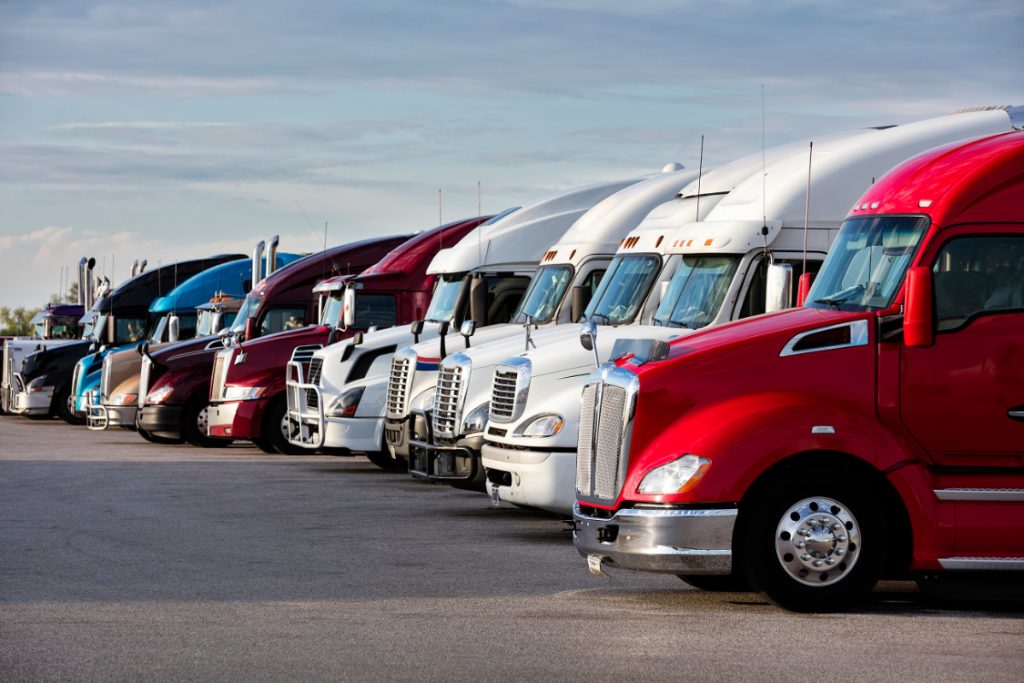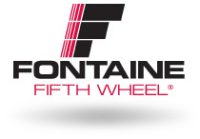
In the world of transportation, the trucking industry plays a vital role in moving goods across long distances. With the ever-increasing demand for efficient logistics, ensuring the safety of trucking fleets has become a paramount concern. Implementing measures to enhance safety not only protects the drivers and cargo but also minimizes accidents and liabilities. In this blog, we will discuss six essential steps to create a safer trucking fleet.
Step 1: Comprehensive Driver Training
The foundation of a safe trucking fleet begins with well-trained drivers. Comprehensive driver training programs should cover not only basic driving skills but also specific knowledge related to operating large commercial vehicles. Topics such as defensive driving techniques, vehicle maintenance, hours of service regulations, and cargo securement should be included. Regular refresher courses and ongoing training can reinforce good driving practices and keep drivers updated with new regulations and safety protocols.
Step 2: Vehicle Maintenance and Inspections
Regular vehicle maintenance and inspections are crucial for maintaining a safe trucking fleet. Establishing a preventive maintenance schedule ensures that trucks are regularly serviced, and any potential issues are addressed promptly. Drivers should conduct pre-trip inspections to identify and report any mechanical or safety concerns. A well-maintained fleet not only reduces the risk of breakdowns on the road but also enhances overall safety by minimizing the chance of accidents due to mechanical failures.
Step 3: Implementing Technology Solutions
Leveraging technology can greatly improve safety in trucking fleets. One essential technology is telematics, which provides real-time monitoring of vehicles, driver behavior, and adherence to safety protocols. Telematics systems can track factors such as speed, harsh braking, and excessive idling, allowing fleet managers to identify and address unsafe practices. Additionally, advanced driver assistance systems (ADAS) like collision warning systems and lane departure warnings can provide an extra layer of safety by alerting drivers to potential hazards.
Step 4: Fatigue Management
Driver fatigue is a significant concern in the trucking industry and can contribute to accidents. Implementing effective fatigue management strategies is crucial for ensuring driver alertness and reducing the risk of accidents due to drowsiness. Adequate rest breaks, reasonable work schedules, and implementing electronic logging devices (ELDs) can help prevent drivers from exceeding their hours of service limits. Regular monitoring and educating drivers about the dangers of driving while fatigued are also important.
Step 5: Safety Culture and Communication
Creating a strong safety culture within the trucking fleet is essential for long-term safety success. This involves fostering an environment where safety is a top priority and encouraging open communication about safety concerns. Regular safety meetings, performance reviews, and anonymous reporting mechanisms can help identify potential hazards and address them proactively. Encouraging drivers to provide feedback on safety-related issues and rewarding safe driving practices can promote a positive safety culture.
Step 6: Continuous Evaluation and Improvement
Safety in trucking fleets should be an ongoing process. Regular evaluation of safety measures and identification of areas for improvement is crucial. Fleet managers should analyze accident data, near-miss reports, and driver feedback to identify trends or recurring issues. This information can then be used to develop targeted training programs, update policies and procedures, and implement necessary changes to enhance overall fleet safety.
Conclusion:
Building a safer trucking fleet requires a multifaceted approach that addresses driver training, vehicle maintenance, technology solutions, fatigue management, safety culture, and continuous evaluation. By implementing these six steps, fleet managers can significantly reduce the risk of accidents, protect their drivers and cargo, and enhance overall safety on the roads. Prioritizing safety not only ensures compliance with regulations but also promotes a positive brand image and protects the reputation of the trucking company. Ultimately, a safer trucking fleet benefits everyone involved







